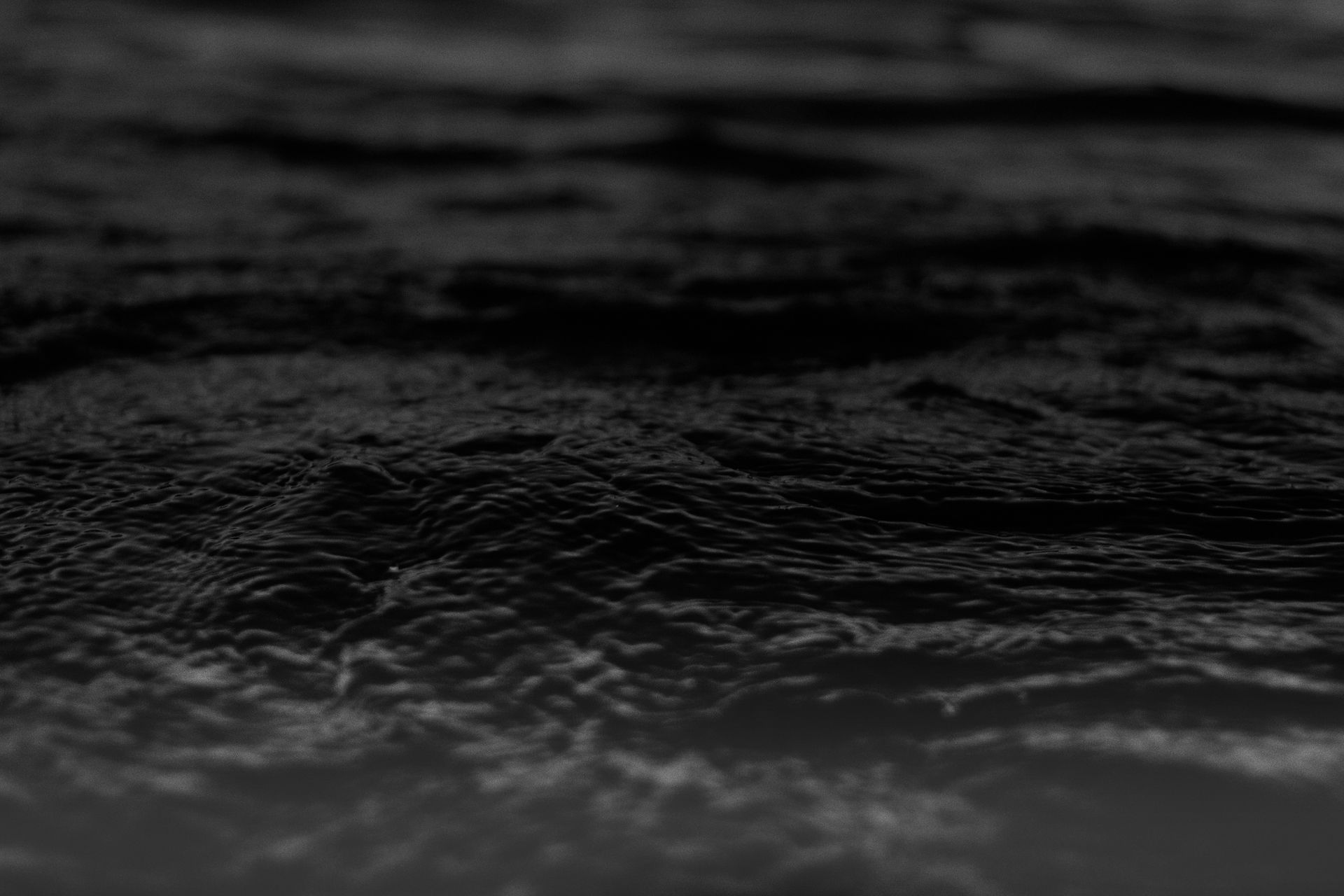
Roger Deakins
Roger Deakins is an English cinematographer best known for his work on the films of the Coen brothers, Sam Mendes, and Denis Villeneuve. He is a member of both the American and British Society of Cinematographers.

Roger Deakins is still churning out some of the best work of his entire career. Teaming up with director Denis Villeneuve a third time results in Blade Runner 2049, the duo’s most immaculately crafted aesthetic yet. Villeneuve’s steady, deliberate pacing allows Deakins’ images to really soak in, and the cinematographer takes full advantage of the astonishing practical sci-fi sets by lighting them in surprising, hypnotizing ways. Indeed, Deakins’ use of light in Blade Runner 2049 is off the charts, and again it’s all in service of the tortured interiors of the main characters. He embraces the idea that the environment of Blade Runner 2049 is ravaged by climate change, using the elements to craft stunning landscapes that surrounded the various characters.
One of the hardest parts of Sicario was filming in the dark / night scenes. The solution Rodger devised was to adopt the characters’ point-of-view by shooting the sequence as seen through their thermal imaging camera and night-vision goggles.


Whether you agree that Skyfall is one of the best James Bond movies or not, you can’t argue with Deakins’ absolutely incredible cinematography. This is one of the best-shot action movies of the 21st century as the camera frames Bond as an aging hero in a changing world, questioning his place. The set pieces are jaw-dropping in their richness, from the neon-lit skyscraper fight to the London Underground chase to the fire-soaked finale. It’s made all the more impressive by the fact that a lot of these sequences were captured on a stage, with Deakins creating these real-looking conditions with his lighting, but of course we also get some terrific location work in Scotland. The film solidifies Deakins as one of the best and most versatile cinematographers working today.
The level of difficulty on 1917 is insane. The entire movie is made to look like it's one continuous shot, and it plays out entirely in real-time. That in and of itself is a challenge, but the fact that it's a World War I film with action sequences and explosions and practical effects, and is shot almost entirely on location, makes this nearly impossible. So the fact that Deakins not only pulls it off but also makes it dynamic and beautiful is a further testament to the brilliance of his craft. The nighttime sequence alone—which is lit only by flares flying overhead—is an all-timer, and this single-camera film evokes a whole range of emotions throughout its runtime thanks to precise and motivated camerawork and shot composition. 1917 is a work of art.

I was able to find a really helpful article done on Rodger Deakins best shots. The article covered his best shots he has taken as a cinematographer. His best shots have also come from some of my favourite / most researched films which was an added bonus (https://collider.com/best-roger-deakins-films/)
